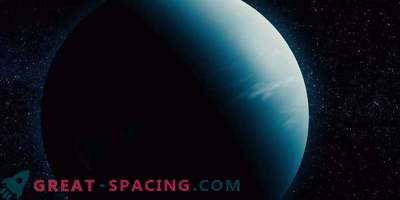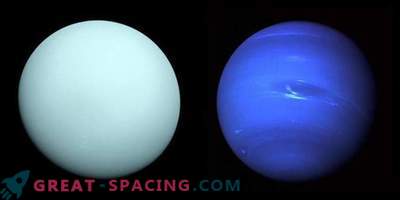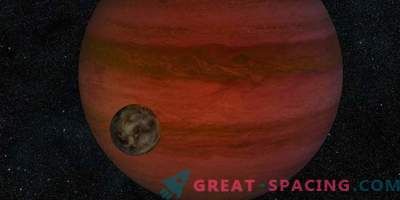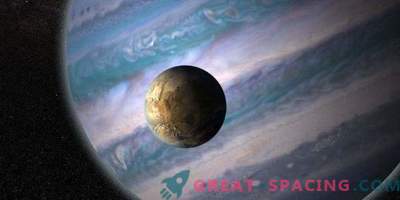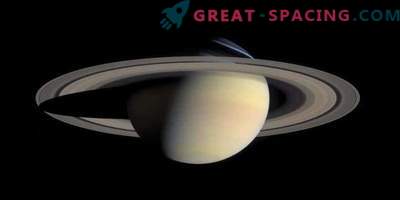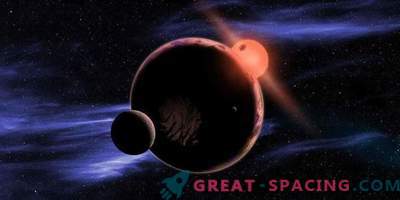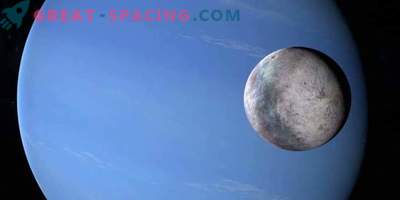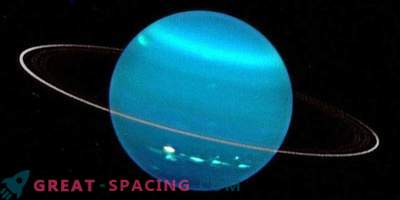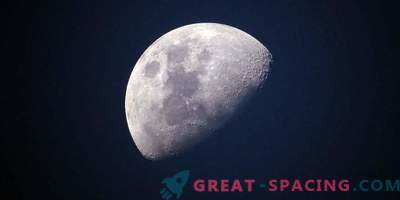
One of the computer simulations on the formation of satellites (white bodies) around Neptune (blue sphere)
Astrophysicists have demonstrated the process of the birth of the icy moons of Uranus. Their result shows that such potentially livable worlds are much more numerous in the Universe than previously thought. Complicated computer simulations were carried out at the Swiss National Supercomputer Center (CSCS) in Lugano.
In the solar system there are many planets with satellites: Earth, Mars, Jupiter, Saturn, Neptune and Uranus (only Mercury and Venus were unlucky). However, are moons common to exoplanets or is it just a fad of the solar system? It is difficult to answer this question yet, because the discovery of the first ex-candidate candidate was announced in October 2018 and the system check is still ongoing.
New research allows you to get closer to the solution. Scientists focused on the planets Uranus and Neptune - ice giants, 20 times more massive than Earth, but smaller than Saturn and Jupiter. 5 main satellites rotate near Uranus, Neptune has one large and heavy Triton. Interestingly, these similar planets have different numbers of satellites.
Planets form in gas and dust disks around young stars. The ice giants (Uranus and Neptune), like the gas giants (Jupiter and Saturn), form their own disk at the late stage of formation, where moons appear (brown spheres) Researchers believe that Triton was captured by the gravity of Neptune - a relatively rare phenomenon. But the satellites of Uranus are more similar to the system of Saturn and Jupiter, which appeared in the gas disk around the planets in the final period of their formation.
Computer Model
Earlier it was believed that Uranus and Neptune are too light to create such a disk. Therefore, scientists believed that the moons of Uranus could have appeared as a result of a cosmic collision, similar to the formation of the Earth’s moon, which is also a relatively rare event. Now researchers reject this idea. Extremely complex computer simulation shows that Uranus and Neptune managed to create their own gas and dust disks during the period of planetary formation.
New conclusions will entail important consequences. If ice giants can create their own satellites, then exolun populations should be more common in the Universe. In search of exoplanets, hunters often encounter planets like mini Neptune, which means we have chances to find satellites next to them.
This conclusion is also interesting from the point of view of the search for habitable worlds. In the solar system, searches are directed to the icy satellites of Jupiter and Saturn (Europe and Enceladus). Both can have aquatic oceans under ice crust. In such an environment, life can form and develop. Therefore, it is possible that life in the universe will find it on satellites, and not exoplanets.
